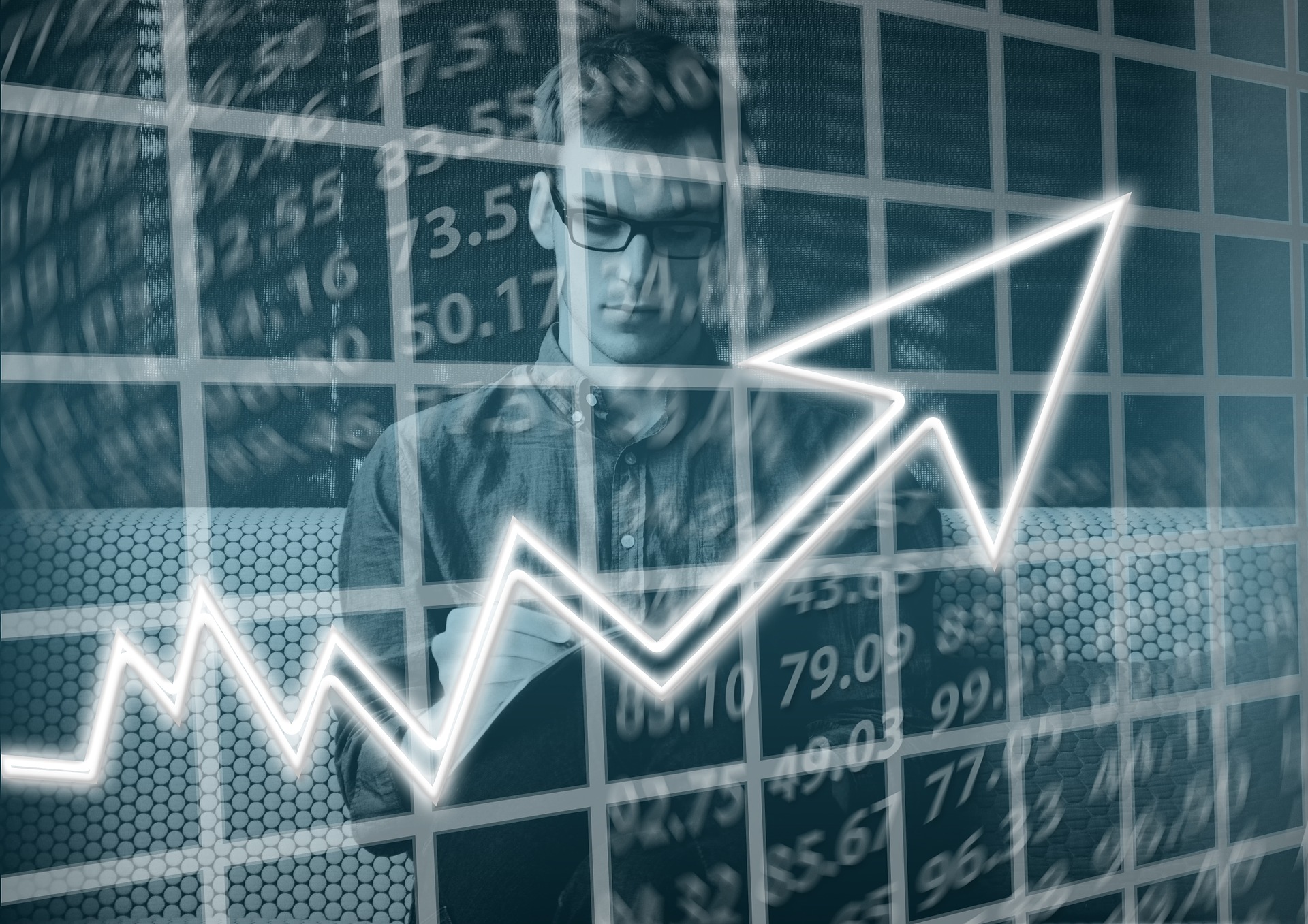What is Algorithmic Trading in Forex Markets
December 30, 2016
Algorithmic trading or high-frequency trading is dominating the forex trading market for years now. It is being said that now traders are following robots, and not the other way around.
Trading algo’s as they are being called, are computer programs designed to buy or sell when a specific event is happening. There are two types of trading algorithms: algorithms that interpret economic news and algorithms that buy or sell when document texts are released.
News Based Algorithmic Trading
Have you ever wondered why the forex market is reacting so aggressively and so fast when important economic data is released? The answer is that trading robots are reacting in a blink of an eye to economic data.
Such programs are instructed to buy or sell a specific currency/currency pair based on how much the actual release is different than the forecasted and the previous one. The bigger the impact of the event expected, the bigger the reaction will be.
The general direction and execution of trading algorithms are at the same time and in the same direction. Because these algorithms are part of big investment firms the trading involved is made in huge volumes.
Big volumes from different entities in the same direction result in sharp moves. These moves are the one’s forex retail traders are trying to avoid, even though this is quite difficult to be done.
To fully understand the power of this super-trading-programs, a regular trading account for the retail trader, a trading account offered by an ECN or STP broker, has five digits on the most important currency pair, the EURUSD. It means that to make a profit, the difference between the bid and ask price/ask and bid price needs to be positive and it refers to the last digit in the sequence.
Trading algorithms are going for the 7th digit and even further, and they execute thousands of trades per second! There is a whole industry out there dedicated to algorithmic trading and the key element is, besides the trading strategy, execution, and technology.
Other Trading Algorithms
As mentioned earlier, there are trading algorithms that buy or sell a currency/currency pair based on specific wording that appears/doesn’t appear in a text. This is particularly true when central bank’s statements are released.
The perfect example comes from the United States of America as the Federal Reserve, the central bank, is meeting every six weeks to assess the state of the economy and set the monetary policy for the period ahead. After two days discussing and analyzing the latest changes, a statement is released.
This is the FOMC (Federal Open Market Committee) Statement and the market are keenly waiting to see if there is something changed from the previous statement. Trading algorithms are scanning the new document in an instant to look for important differences that may make the document being hawkish or dovish for the dollar. Consequently, the dollar is reacting quickly and violently to any text differences between the two documents.
Algorithmic trading evolved substantially lately as technology leaped forward and execution becomes faster and faster. Nowadays there are robots that trade technical setups as well, as slippage is virtually closed to zero and more and more liquidity providers are coming with new innovative ways to offer access to the interbank market.



